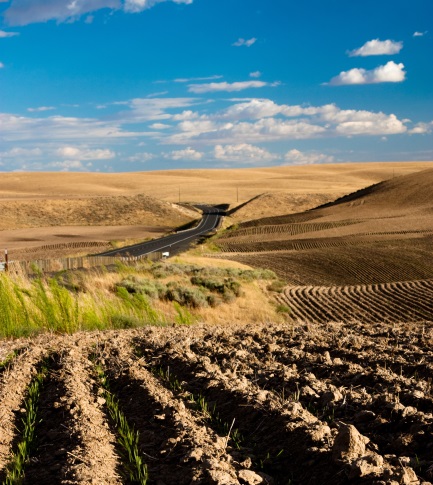
Microgrids: Community Focused Power
Across developing countries, microgrids are slowly becoming a standard for electricity generation. The development of more remote environments has meant large scale centralized plants and long distance transmission are an increasingly inefficient way to deliver electricity.
Microgrids look to combine the distribution strategies of large scale grids with localized renewable technologies to provide reliable power to emerging communities. In this post we’ll introduce you to microgrids and highlight some of the benefits and obstacles associated with this new style of decentralized power distribution.
What are Microgrids
A microgrid is a complete energy system that incorporates energy sources, demand management equipment, and storage options. What sets them apart from other power generation systems is their ability to operate in parallel with, or independently from, a region’s primary power grid.
At their core these systems aim to provide local communities in isolated regions with reliable and affordable energy, while remaining flexible enough to integrate with industrial customers and federal governments when excess power is being generated.

Microgrids are designed to be adaptable and independent, traits that make them ideal for servicing areas which have not yet been connected to the grid. In Qatar for example where remote desert farming has become popular, microgrids can help provide robust power solutions without the need to extend power lines to uninhabited regions. This re-imagining of power distribution allows areas which would have otherwise been barren desert to be transformed into fertile farmland.
Microgrids are particularly effective at integrating renewable energy sources such as solar panels, wind turbines, small hydro, and geothermal into their overall design. Though they consist of their own power generation and distribution systems they differ from larger grids by focusing on close proximity between power generation and the final power use. This change results in drastically improved efficiency as a result of lower transmission losses.
Microgrids: Benefits and Considerations
Microgrids provide a range of energy distribution benefits. They provide reliable and secure power all while offering local communities more control over their power production. They also enable integration of smart grid technology that allows energy to be delivered more effectively.
With all that said, this type of infrastructure still faces a substantial hurdle. For the time being microgrids require a large upfront investment that can make them difficult for smaller communities to afford. While these costs are often offset by the immediate energy savings and improved stability, it still remains as a barrier to entry for many.
Interested in learning more about the latest cleantech innovations? Be sure to sign up for the powergreen newsletter to get the latest updates from our team and if you haven’t already be sure to reach out on our social media channels.